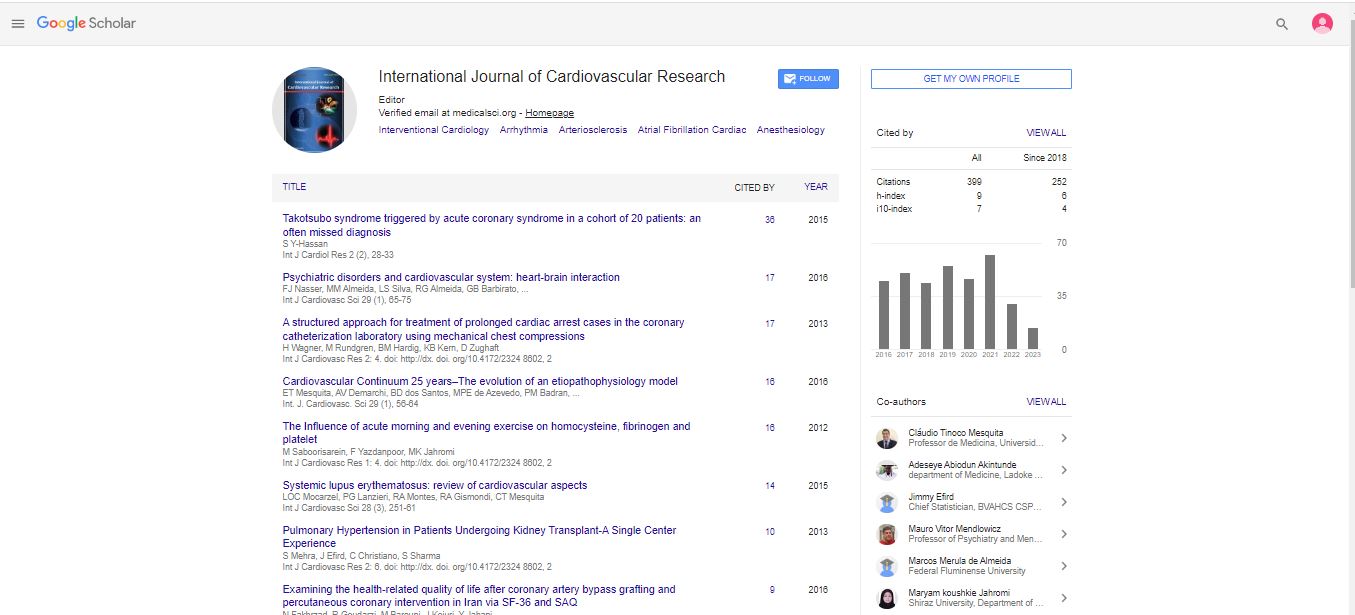Clinical and Laboratory characteristics of patients presenting to the Emergency Department with Hypertensive urgency
Background: Clinical and laboratory characteristics of individuals presenting to the emergency department (ED) with hypertensive urgency (HU) are not well characterized. Methods: In a retrospective chart review study, 150 consecutive patients admitted to a tertiary care center ED with HU (systolic blood pressure values >180 mmHg or diastolic blood pressure values > 110 mmHg without evidence of end organ involvement) were compared with 150 patients with normal blood pressure evaluated in the surgical ward of the same emergency room. Demographic variables, co-morbidities and laboratory values were compared between the two groups. Results: HU patients were older (66 ± 16.1 years vs. 61.7 ± 19 years, p=0.04), had a greater prevalence of hypertension 90% vs. 64%, p=0.001), were treated with more anti-hypertensive medications (1.9 ± 1.4 vs. 1 ± 1.3, p=0.001) and had a higher prevalence of chronic kidney disease (10.6% vs. 4% p=0.044). Laboratory findings were similar in HU and normotensive individuals except for EGFR (82.40+27.76 mg/dl vs. 89.36+24.80 mg/dl, p=0.02) and CPK (124.93+93.73 mg/dl vs. 165.43+137.42 mg/dl, p=0.003). Conclusions: HU in an ED setting is more prevalent among elderly, hypertensive individuals, particularly among those with chronic kidney disease




